Description
CNC milling is an advanced machining process that utilizes rotating cutting tools to carefully shape a workpiece by removing material. The cutting action takes place as the tool spins on its axis while the machine table moves along the X, Y, and Z axes, either independently or together.
This automated technique is known for its precision in fabricating parts, capable of producing everything from simple to complex components with exceptional accuracy. CNC milling machines, which harness automation technology, are employed to meet custom part specifications. It is particularly effective for machining hard materials, delivering components with tight tolerances and precise dimensions.
In mechanical CNC milling, two key methods are commonly used: conventional milling (or climb milling) and reverse milling (up milling).
In conventional milling, the cutter rotates in the same direction as the table’s movement. This method is often preferred when the focus is on improving the surface finish of the workpiece.
**Pros of Conventional Milling:**
– Enhanced surface roughness due to a gradual reduction in cutting depth, which helps mitigate tool slippage.
– Longer tool life and increased durability for the cutting tool.
– Cutting forces are directed toward the workpiece, making the machining process more straightforward.
– Lower impact on cutting temperatures.
**Cons of Conventional Milling:**
– The initial contact between the cutter and the workpiece, moving from thick to thin, can accelerate tool wear.
– Requires diligent cleaning of the machine during operations.
– Less effective for tough materials like hot-rolled steel.
Conversely, reverse milling involves the cutter rotating against the direction of the table movement. This technique is typically used for rough milling operations that demand quick material removal.
**Pros of Reverse Milling:**
– Reduces tool wear by cutting from thin to thick.
– Higher productivity during rough milling tasks.
– Smoother machine operation due to decreased impact during cutting.
**Cons of Reverse Milling:**
– Possible slippage at lower feed rates.
– Risk of material getting stuck between the cutter and the workpiece.
– Higher cutting temperatures due to the cutting pattern moving from thin to thick.
– Increased tool wear compared to conventional milling.
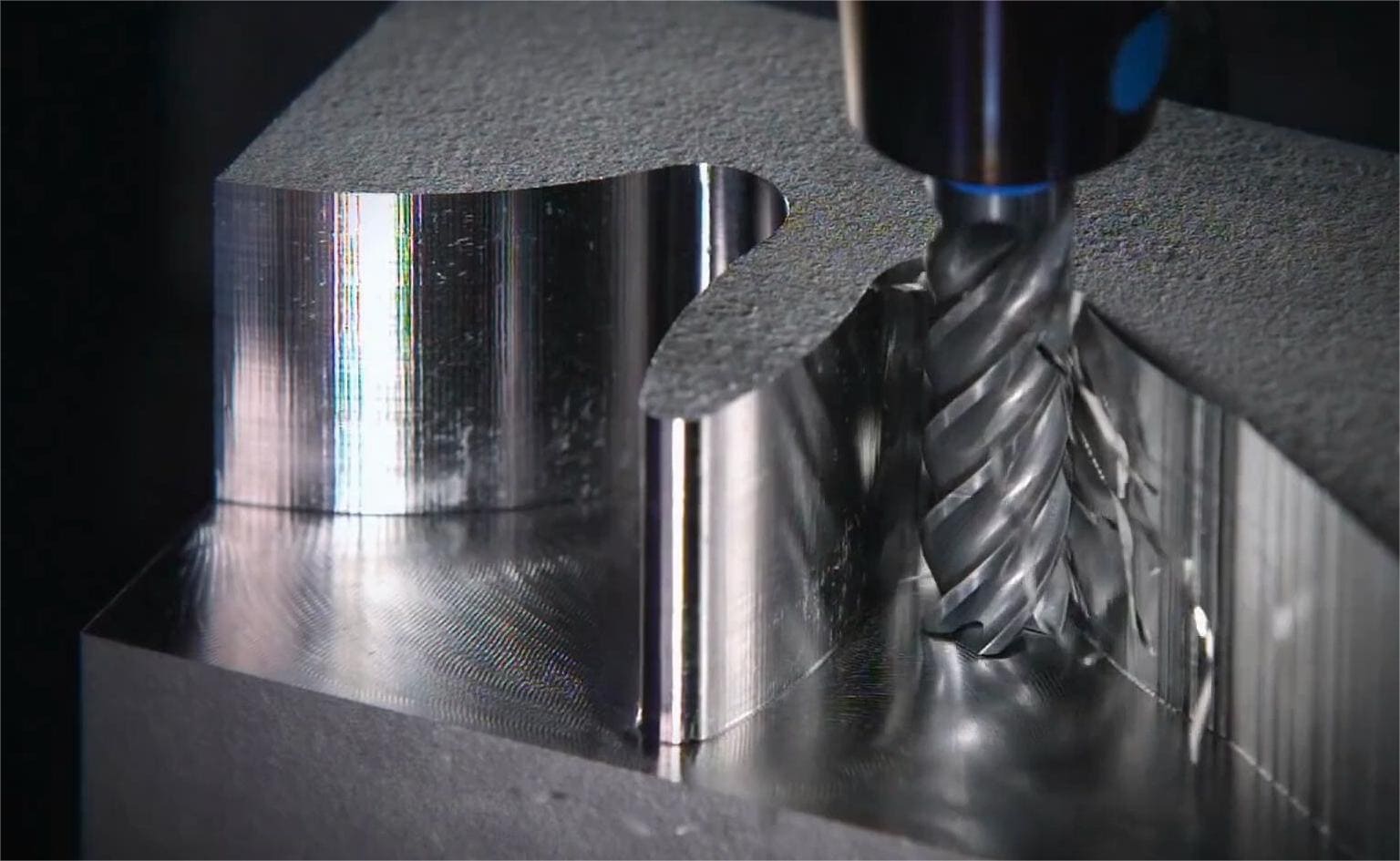
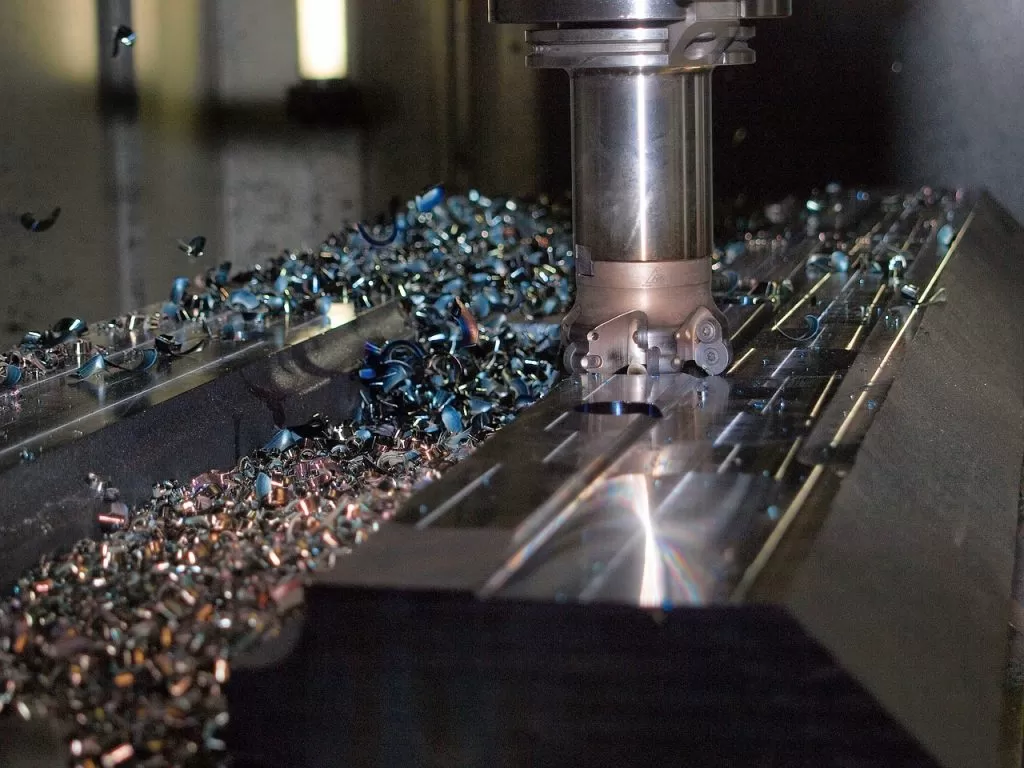
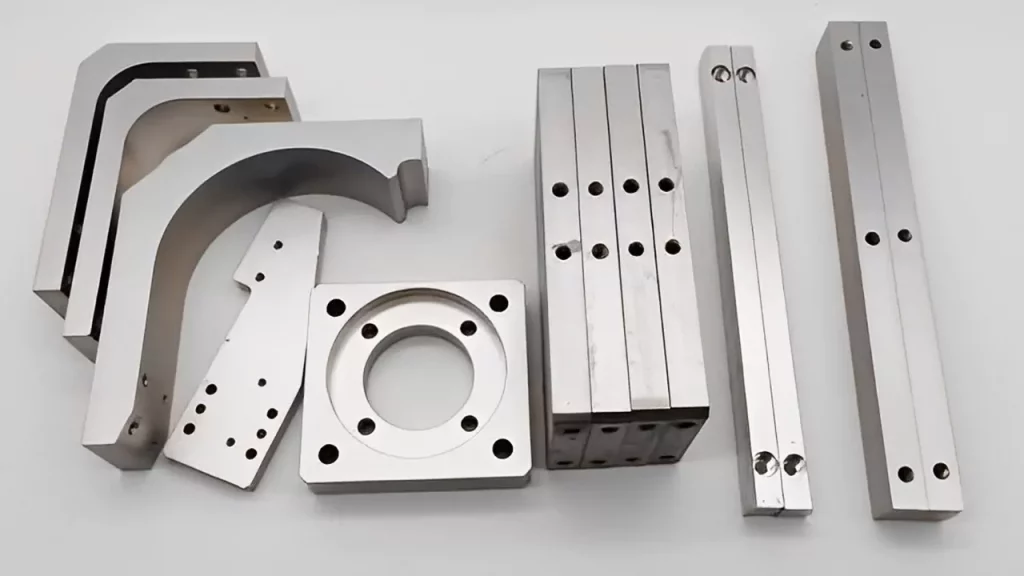

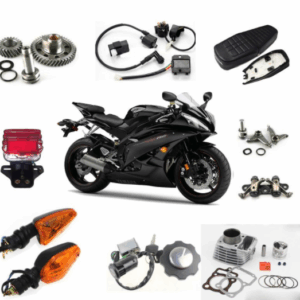

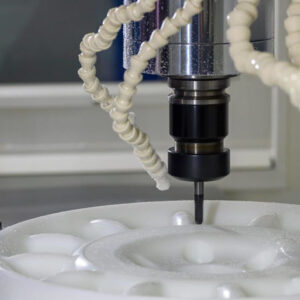

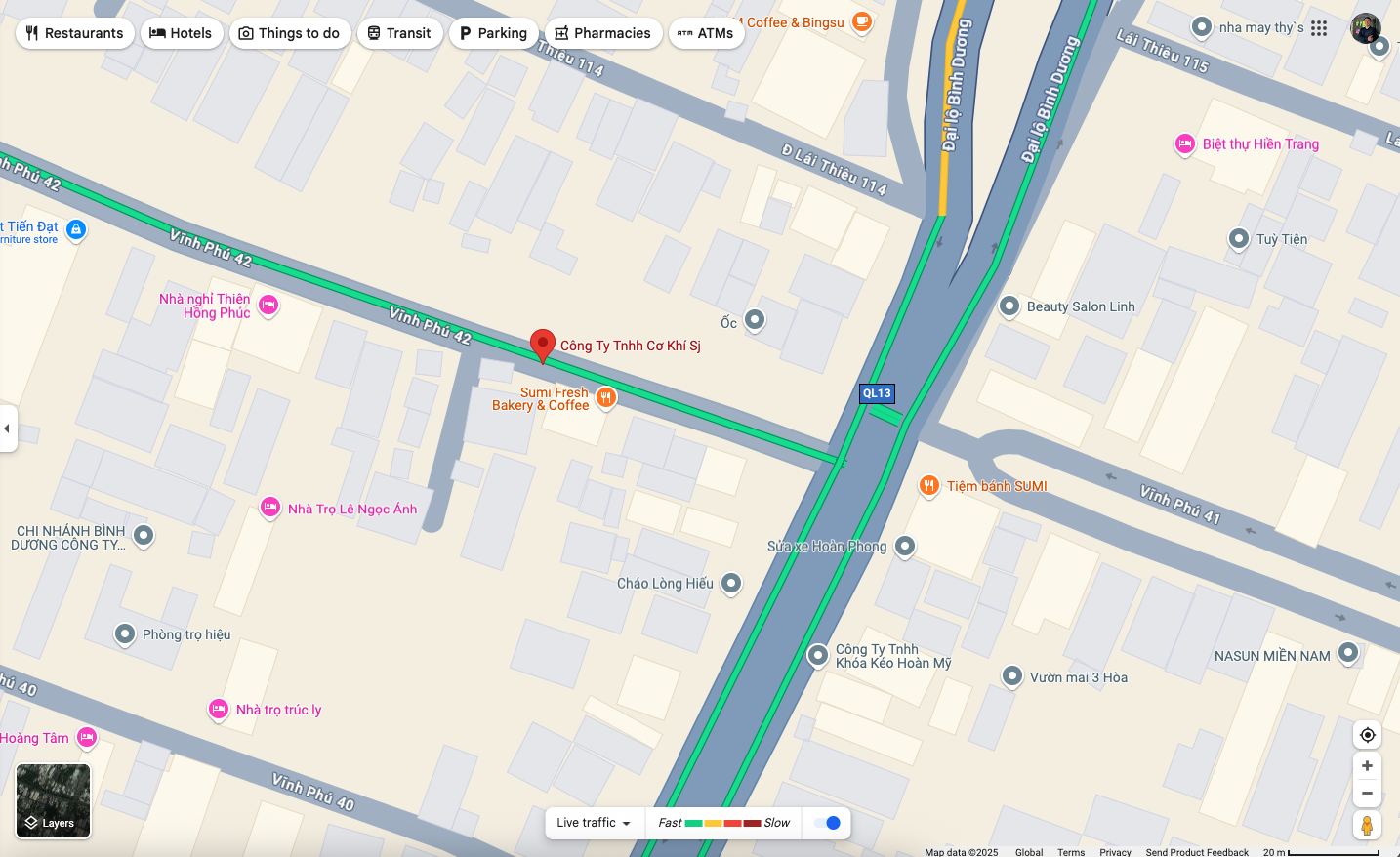
Reviews
There are no reviews yet.